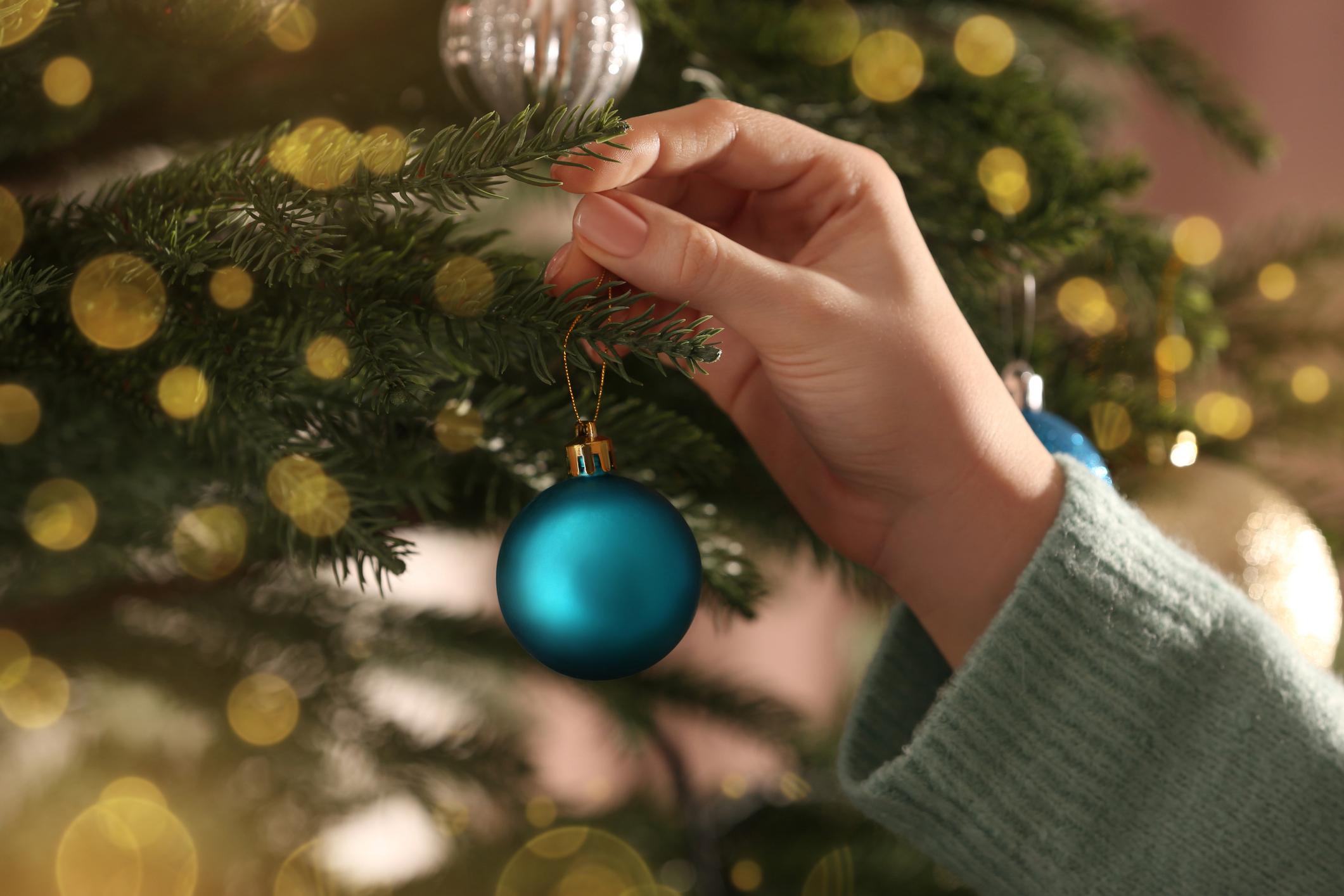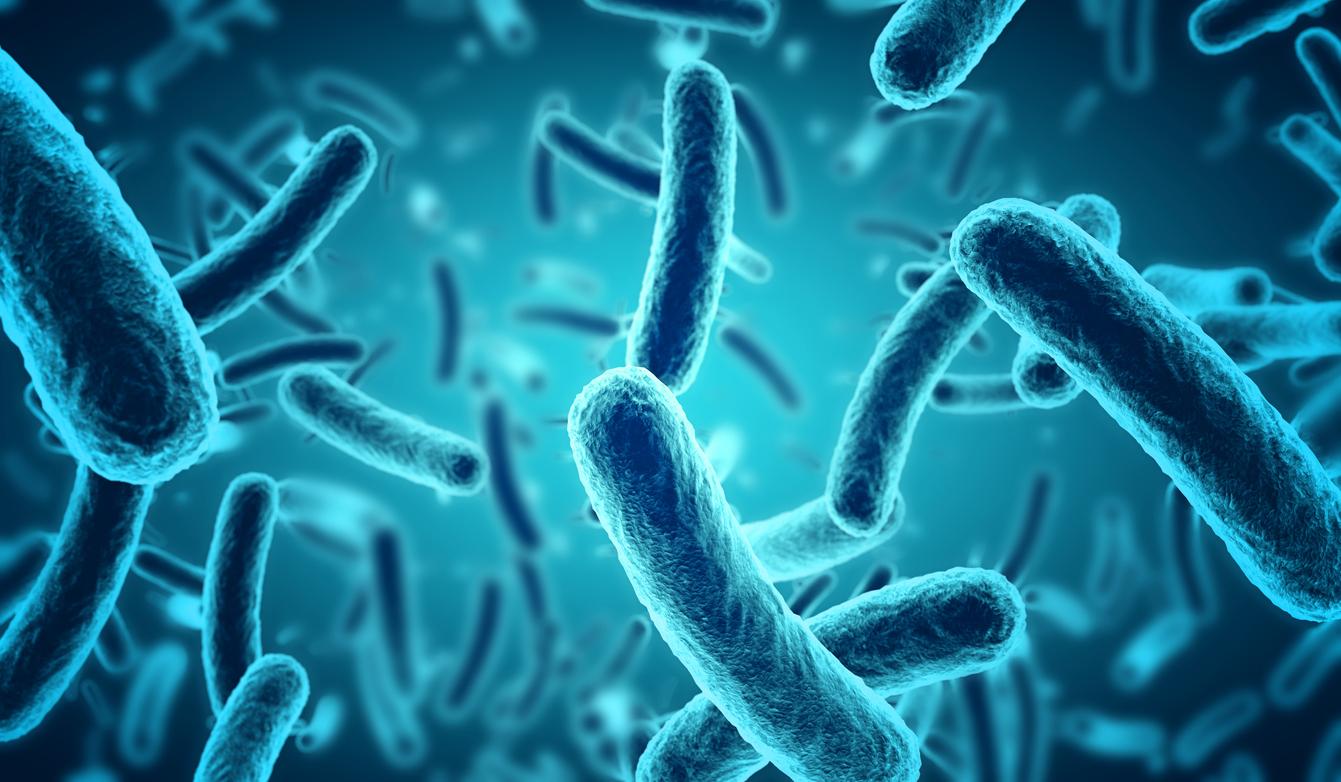This is what Christmas tree syndrome is.

- Some people may have an allergic reaction when a tree is placed in their living room.
- Christmas tree syndrome is believed to be linked to substances contained in the tree.
- Several measures allow you to enjoy your Christmas tree without suffering from an allergy.
A great essential, the tree decorates our interiors to celebrate Christmas Eve. While some choose to install an artificial tree, which they reuse every year, others prefer to put a natural tree in their home. In an article published in The Conversationresearchers from the University of Nottingham (United Kingdom) have however pointed out a phenomenon which could spoil the end of year celebrations: Christmas tree syndrome.
Different substances could be responsible for Christmas tree syndrome
After installing a natural tree in their home, some people experience symptoms similar to those of hay fever: red, itchy eyes, coughing, shortness of breath, even wheezing, or even a runny nose. Skin manifestations may also occur such as swelling, redness or itching. All of these signs are naturally reminiscent of those linked to an allergy.
According to Samuel J. White, lecturer in genetic immunology, and Philippe B. Wilson, professor at the University of Nottingham, this reaction could be linked to substances contained in fir trees such as terpenes, natural hydrocarbons, which give their scent to these trees. An allergy could particularly occur if a sensitive person touches or smells the tree.
Christmas trees can also contain mold, which could be the cause of Christmas tree syndrome. Scientists have noted in particular that a single tree can host up to 50 species of mold, which can proliferate in our heated interiors. “Most varieties of mold found on trees are those most likely to trigger allergies, including Aspergillus, Penicillium and Cladosporium (…) During the first three days the tree is indoors, the number of mold spores mold rises to about 800 spores per cubic meter of air. On the fourth day, the number of spores begins to increase, reaching 5,000 spores per cubic meter in two weeks.”, described the specialists. Pollen and fungi could also be involved in Christmas tree-related allergies.
Christmas tree syndrome: what are the solutions to alleviate the symptoms?
Several precautions help reduce the risk of allergy to substances contained in the tree. Both researchers recommended paying attention to the species of fir. In fact, varieties like Douglas and Fraser are less allergenic than spruce or pine.
An inspection of the tree is also required before placing it in your living room. “Carry out a meticulous inspection for signs of fungus. Focus on areas where moisture can accumulate, as humid conditions encourage mold growth. The most common mold on Christmas trees is l ‘Aspergillus, which appears black on the surface, and usually white or yellow below’we can read in the article.
Maintaining the tree is also one of the keys to preventing allergic reactions. You can water it regularly to prevent it from becoming dehydrated, which would encourage the formation of mold. Additionally, heated environments are conducive to the development of mold. To deal with this, you can open windows regularly, or consider using a dehumidifier to reduce the humidity level in your home.

















